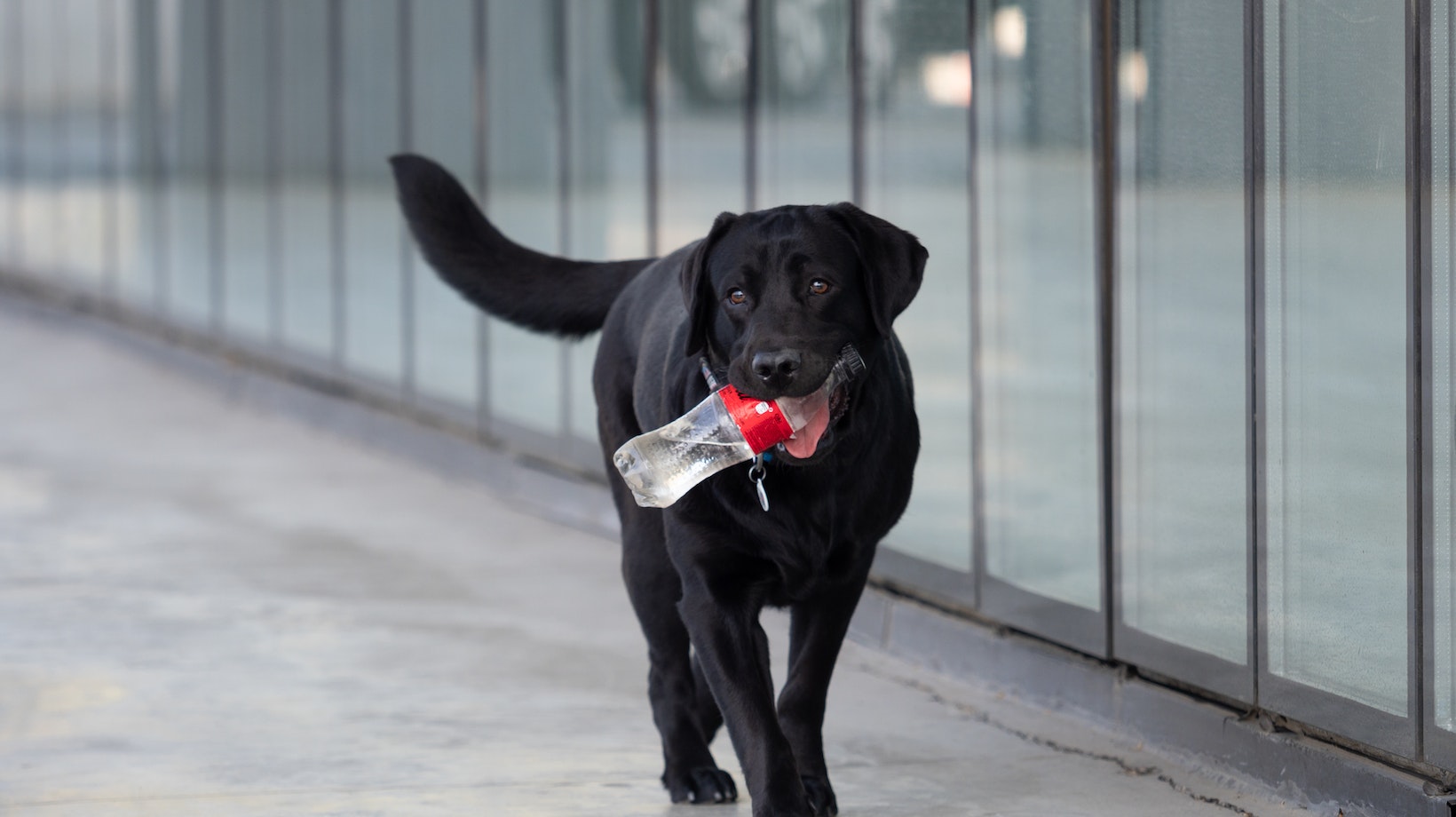How To Get Your Dog Trained As A Service Dog
When it comes to getting your dog trained as a service dog, there are certain qualifications you need to consider. These qualifications ensure that the dog has the right temperament, behavior, and training necessary to perform the tasks required of a service dog. Let’s explore these qualifications in more detail.
Understanding The Legal Requirements
Before diving into the specifics of training and behavior, it’s important to understand the legal requirements for a service dog. In many countries, including the United States, service dogs are protected by laws such as the Americans with Disabilities Act (ADA). According to ADA guidelines, a service dog is defined as a dog that is individually trained to perform tasks or work for people with disabilities. These tasks can include anything from guiding individuals who are visually impaired to alerting individuals with hearing impairments.
To qualify as a service dog under these legal requirements, your furry companion must be trained specifically to mitigate your disability and assist you in performing daily activities. It’s essential to research and understand the laws specific to your country or region regarding service dogs.
Assessing Your Dog’s Temperament And Behavior
Not all dogs possess the qualities needed to become successful service animals. While any breed can potentially become a service dog, certain breeds like Labradors have characteristics that make them particularly well-suited for this role due to their intelligence, trainability, and friendly nature.
When assessing your own furry friend’s suitability for becoming a service dog, consider their temperament and behavior traits. A good candidate should display calmness even in stressful situations, exhibit obedience and responsiveness when given commands or cues, show adaptability in different environments and social interactions while maintaining focus on their handler’s needs.
Additionally, it’s crucial that your canine companion does not exhibit aggressive behaviors towards people or other animals since they will be working closely with others in public settings.

Training And Socialization For Service Dogs
Once you’ve determined that your dog has the right temperament and behavior, it’s time to focus on training and socialization. Training a service dog involves teaching them specific tasks that will assist with your disability. This can include tasks such as retrieving items, opening doors, or providing stability during mobility.
Socialization is equally important for a service dog since they will be frequently interacting with different individuals in various environments. Exposing your furry friend to different experiences, people, noises, and locations from an early age helps them become well-adjusted and confident in any situation they may encounter while on duty.
Remember that training a service dog typically requires professional assistance from experienced trainers who specialize in this field. They can guide you through the process of training and help tailor the program to suit both you and your dog’s specific needs.
- “Sit”: Teaching your service dog to sit on command is fundamental. It provides them with a default calm position and helps in various situations where they need to remain still or focused.
- “Stay”: The “stay” command ensures that your service dog remains in one place until you give them permission to move. This is particularly important when you need them to stay put while you attend to tasks or interact with others.
- “Leave it”: Knowing how to ignore distractions is crucial for a service dog. The “leave it” command allows you to redirect their attention away from potentially harmful objects or substances.
- “Heel”: A well-trained service dog should walk calmly by your side without pulling on the leash. The “heel” command teaches them to maintain proper walking etiquette and stay attentive to your movements.
- “Down”: The “down” command instructs your Labrador (or any other breed) to lie down on the ground, providing an alternative position when sitting may not be appropriate or feasible.
- “Go potty”/”Do your business”: Service dogs should be trained in bathroom cues so they can relieve themselves on command, making it easier for handlers who rely on specific routines or schedules.
- “Retrieve”/”Bring it”: Many service dogs assist with tasks such as retrieving objects or assisting with mobility-related needs like opening doors or picking up dropped items. Teaching them the cue to retrieve objects is essential for these tasks.
Remember, consistent training and positive reinforcement are key when teaching these commands to your Labrador or any other breed of service dog. Patience and practice go a long way in ensuring their success as reliable and helpful companions.